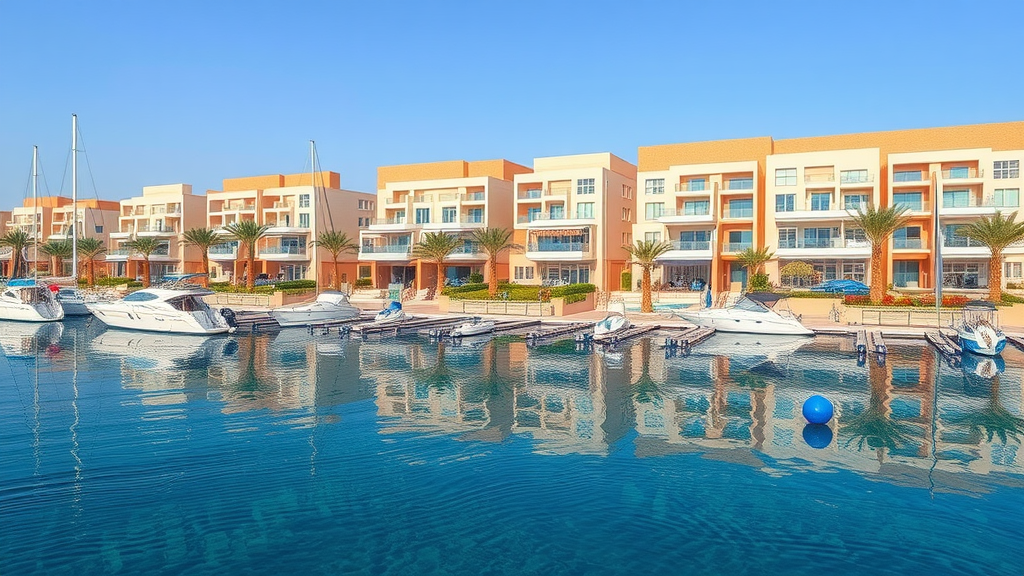The economic factors behind monthly school transportation costs in Hurghada compared to europe
The difference in monthly school transportation costs between Hurghada and various European cities is striking. On average, families in Hurghada spend around €20 per month for school transport, while the costs in Europe can soar to an average of €70. Understanding the economic factors that contribute to this significant discrepancy provides insights into local economies, educational infrastructure, and societal norms.
One key factor influencing school transport costs is the overall cost of living. In Hurghada, the cost of living is significantly lower than in many European countries. This includes lower wages, cheaper fuel prices, and lower operational costs for transportation services. For instance, recent data shows that public transport operations in Egypt require less investment and have lower maintenance costs compared to European counterparts.
Another factor is the availability of alternative modes of transportation. Hurghada, being a developing tourist city, has a variety of transportation options, including microbuses, taxis, and private vehicles, which are cost-effective for families. These alternatives create a competitive environment that keeps transportation costs down. In contrast, many European cities rely heavily on formal school transport services, which tend to be pricier. European systems often include added features, such as GPS tracking and specialized vehicles, contributing to higher costs.
Moreover, governmental subsidies play a significant role in shaping transportation costs. In Egypt, local governments may provide subsidies for public transport to encourage school attendance and support families. These subsidies can cover a portion of the operating expenses, allowing transportation service providers to charge less. In Europe, while there are subsidies available, they often come with specific conditions and regulations, making the overall service more expensive.
Fuel prices vary dramatically between the two regions, further contributing to the difference in transportation costs. Egypt has access to lower-priced fuel due to its oil production capabilities, whereas many European countries face higher fuel costs owing to taxes and import dependencies. These fuel prices directly impact the cost of running buses and other school transportation options.
Additionally, the scale of operations affects transportation pricing. In Hurghada, school transport services might operate on a smaller scale, which can lead to lower fixed costs per student. This is especially true in residential areas where families can form collective groups to share transport costs. In many European cities, on the other hand, the scale of operations must cater to larger populations and more complex transportation networks, driving up prices.
Market demand also plays a crucial role. In Hurghada, the relatively small population limits the demand for school transportation services, allowing prices to remain low. Contrastingly, high demand in many European cities can lead to higher prices, as providers may increase fares to maximize profit. Coupled with a higher population density, fewer transportation options can also lead to increased fares due to crowded routes and limited service availability.
Educational infrastructure demands may differ. In many parts of Europe, schools often require the use of more advanced vehicles that meet strict regulatory standards for safety and efficiency. These standards require significant investment and regular upgrades, creating a cascading effect that raises monthly fees for families. In contrast, schools in Hurghada may operate under different standards, utilizing more basic transport solutions that are still functional, thus lowering expenses.
To summarize the economic factors impacting school transportation costs:
- Cost of Living: Lower in Hurghada compared to Europe.
- Alternative Transportation Options: More diverse and competitive in Hurghada.
- Government Subsidies: Available in Egypt, affecting pricing.
- Fuel Prices: Generally cheaper in Egypt.
- Scale of Operations: Smaller and less complex in Hurghada.
- Market Demand: Lower demand leads to reduced prices in Hurghada.
- Educational Infrastructure: Less stringent regulations in Hurghada.
Understanding these factors highlights why monthly school transportation costs in Hurghada average €20 compared to €70 in Europe. Each of these aspects contributes to a complex, multifaceted issue that reflects broader economic dynamics, making transportation an important topic for families and policy-makers alike.
The impact of local infrastructure on transportation pricing in Hurghada and european cities
Transportation costs can vary widely between different regions, influenced significantly by local infrastructure. In the coastal city of Hurghada, Egypt, the average monthly school transportation cost is €20, whereas in many European cities, it can skyrocket to around €70. Understanding the disparity in these costs reveals an intricate relationship between local infrastructure and transportation pricing.
One of the primary factors affecting transportation pricing is the state of local infrastructure. In Hurghada, the city has invested in a network that meets the basic needs of its residents, allowing for relatively low transportation costs. On the other hand, many European cities have well-developed but expensive public transport systems. This difference in infrastructure quality and investment leads to varying operational costs, which ultimately affects what consumers pay.
When you look closely at the operational costs incurred by transportation providers, several elements come into play:
- Vehicle Maintenance: In Hurghada, the cost of maintaining buses and other school transport vehicles is often lower due to fewer regulatory requirements compared to Europe. In many European cities, stringent regulations necessitate higher spending on maintenance and upgrades, which leads to higher prices for riders.
- Fuel Costs: Fuel prices in Egypt can be significantly lower than rates in many European nations, where taxes and fees on petroleum products can inflate prices directly affecting transportation costs.
- Labor Costs: Wages for drivers and support staff in Hurghada are generally lower than those in Europe. This lower labor cost directly translates into a reduced price for users of the service.
- Insurance Costs: Insurance premiums for transportation vehicles can vary. In many European countries, higher coverage and liability insurance requirements lead to increased costs, which are passed on to consumers.
The demand for school transportation can also shape pricing strategies in both regions. In Hurghada, the population density and smaller geographic area allow for more centralized routes, which can reduce overall costs for service providers. As a result, families can enjoy affordable transportation services for their children.
In contrast, European cities tend to have larger populations spread across wider areas, leading to complex transportation networks. This complexity often requires more vehicles and staff to cover all areas adequately, causing costs to rise. Public transportation systems are also challenged by peak usage hours, where demand significantly outstrips supply, driving up prices during busy times.
Moreover, government policies play a crucial role in shaping transportation costs. In Hurghada, the government may subsidize transportation services to make school travel more affordable for families. On the other hand, many European governments might impose higher taxes on transportation services or prioritize investments in larger-scale infrastructure projects, which can lead to higher operational costs for transport providers.
Another factor is the pricing strategies employed by transportation providers in both regions. In Hurghada, transport operators may adopt a lower-margin, high-volume model, knowing the need for affordable transport for families. In contrast, European transport companies often leverage a more premium pricing strategy, emphasizing service quality, frequency, and additional features that justify higher costs
- Subsidization: National or local government subsidies can ease transportation burdens, allowing for lower prices in areas with limited infrastructure.
- Service Expansion: Efforts to expand routes or increase service frequency can lead to strategic price increases to support the development of the infrastructure itself.
Ultimately, the differences in transportation pricing between Hurghada and European cities highlight the complex interplay between local infrastructure and operational costs. Families in Hurghada benefit from lower costs associated with basic yet effective transport solutions, while European families face higher expenses due to extensive infrastructure and regulatory demands. As urbanization and infrastructure development continue to evolve, the landscape of transportation pricing will likely shift, reflecting ongoing changes and strategic decisions made by governments and service providers.
Understanding these dynamics can help parents and policymakers navigate the challenges associated with transportation costs in school systems, pushing for balanced solutions that work for communities across all regions.
Understanding the reasons behind the disparity in monthly school transportation costs between Hurghada and various European cities reveals a complex interplay of economic factors and local infrastructure. Hurghada’s average cost of €20 compared to Europe’s €70 reflects the broader economic landscape of Egypt, where lower living costs and labor expenses contribute to more affordable services. This affordability not only benefits families in Hurghada but also highlights the significant role that pricing plays in access to education.
Moreover, the impact of local infrastructure cannot be overlooked. Transportation systems in European cities often come with established networks, regulatory frameworks, and higher operational costs, which collectively drive up expenses. In contrast, Hurghada’s infrastructure, while improving, operates on a different scale. Limited public transportation options alongside a burgeoning tourism sector keep demand for school transport manageable and prices low.
For families in Hurghada, this financial relief means they can allocate more resources to other essential aspects of life and education. The affordability of school transportation is just one piece of the larger puzzle in understanding how economic conditions shape educational accessibility.
As stakeholders consider future improvements in both Hurghada and Europe, it is crucial to balance infrastructure development with cost-effectiveness. By prioritizing sustainable solutions, they can foster better educational environments while maintaining fair pricing for families. Ultimately, the comparison between these two regions serves as a reminder of how localized factors can greatly influence the cost of essential services.











